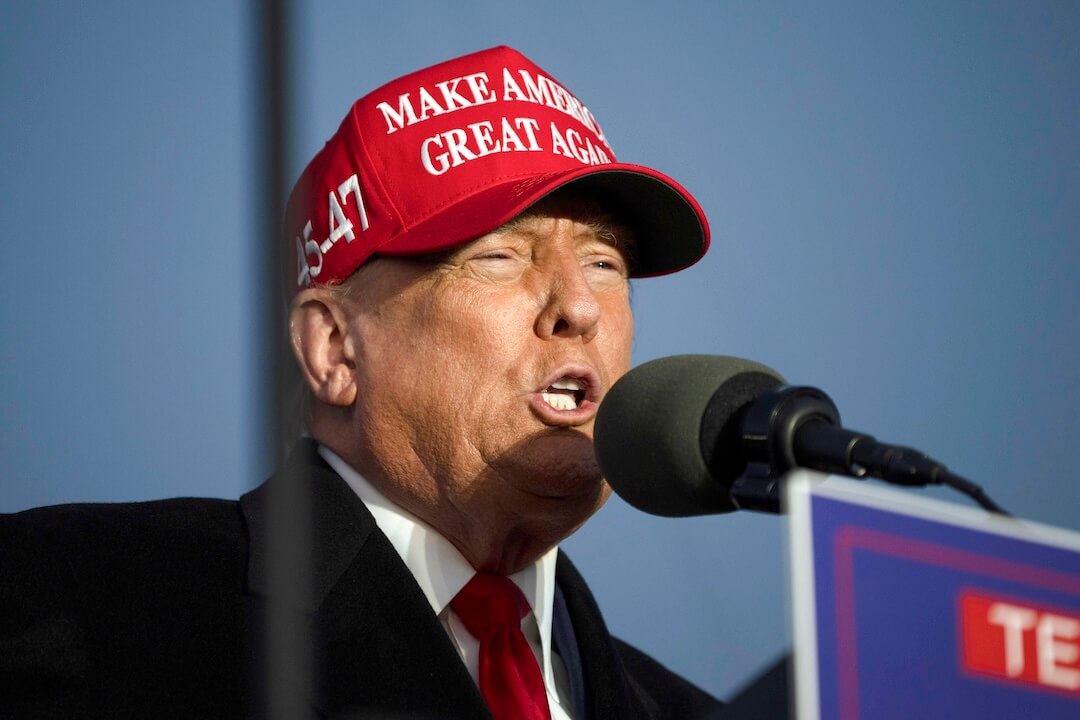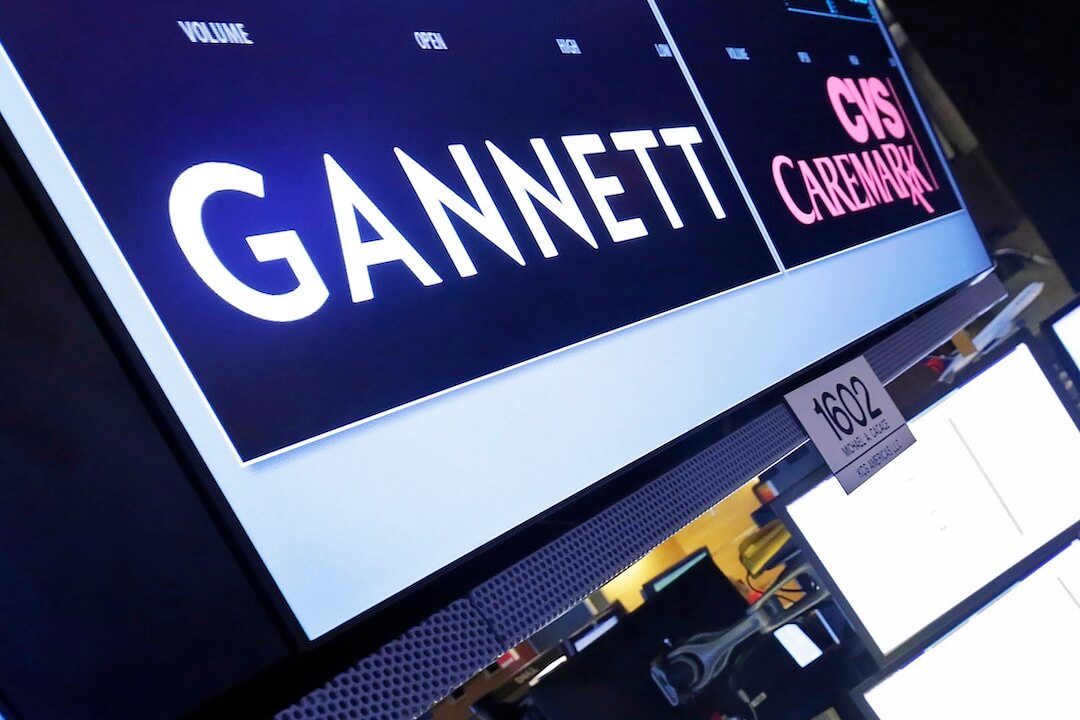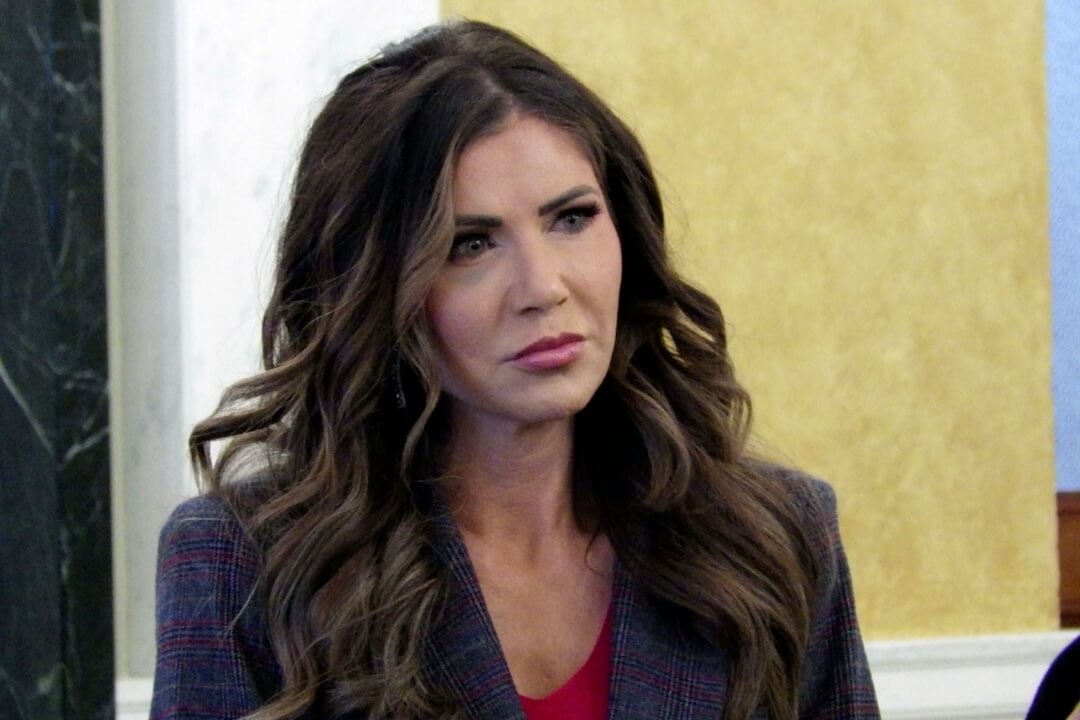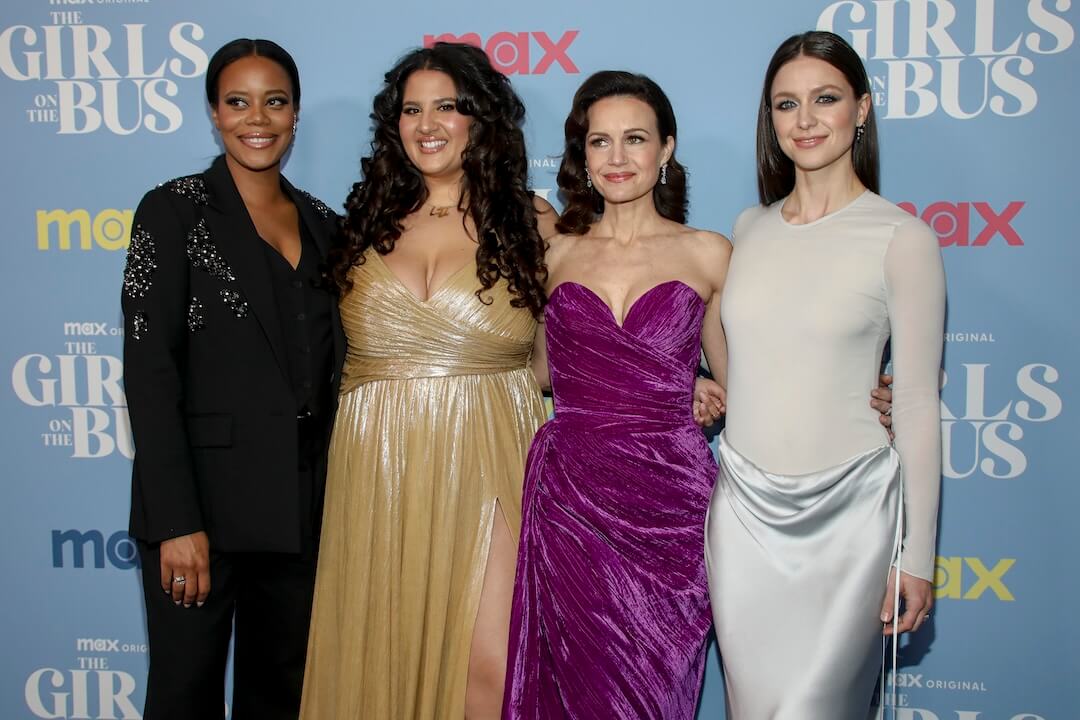The Lead is a weekly newsletter that provides resources and connections for student journalists in both college and high school. Sign up here to have it delivered to your inbox every Wednesday morning during the school year.
By Isabel Armiento, University of Toronto
Objectivity has been a core journalistic ideal since the 1920s. Over the past few years, however, journalists have begun redefining what it means to report responsibly — and resisting the century-old idea that being “objective” is the only way to do it.
Tyler Griffin, editor-in-chief of The Eyeopener at Ryerson University in Toronto, sees this as a generational shift. “I think among a younger generation of journalists and among student journalists, there’s a very different approach to journalistic objectivity,” Griffin said.
“What I’ve found is that the younger generation is a lot more cognizant of the fact that nobody is really an objective person, in their day-to-day life or in their work,” he said. “What I’ve seen is a move toward people trying to be open about their biases … and saying, this is how my experiences and how my identity impacts my work.”
Today’s student journalists are more likely than ever to challenge what it means to be an “objective” reporter — as well as whether this journalistic standard is truly necessary.
How ‘objectivity’ privileges the already privileged
Historically, journalism has favored “neutral” reporters — where “neutral” loosely translates to white, straight, cis and male. Unsurprisingly, student journalists are working to change that definition.
Last year, The Varsity at the University of Toronto published an editorial critiquing journalism’s “obsession” with objectivity. The editorial argues that by requiring journalists to remain distanced from the issues they’re reporting on, the industry necessarily excludes marginalized reporters. “It should come as no surprise then that, historically, white men have dominated newsrooms,” the editorial quips.
Hannah Carty, current editor-in-chief of The Varsity, agrees that student journalists shouldn’t be excluded from reporting on topics that intersect with their lived experiences. “The Varsity doesn’t define conflict of interest by personal identity,” she said.
At the Varsity, conflict of interest is about affiliation, not experience — so while reporters aren’t allowed to cover stories on an organization they’re involved in or use a friend as a source, they can cover stories that they relate to.
This debate is being rehashed in newsrooms across North America. Earlier this year, The Washington Post reversed a controversial policy that prohibited a journalist from reporting on sexual misconduct stories simply because she had been a victim of sexual assault. Editors in the industry are slowly realizing that reporters who empathize with a story can still cover it accurately and responsibly.
Griffin takes this point even further, arguing that a journalist’s lived experience can actually enhance their work.
“My first ever big feature for The Eyeopener was on the experience of mixed-race students at the university,” said Griffin, who is himself a mixed-race person. At first, Griffin approached his interviews with traditional journalistic distance, but he found himself struggling to connect with his sources and get the information he was looking for.
The piece transformed when Griffin let go of his detachment. “When I tried to start opening up to sources and telling them a bit about my experience and how it’s shaped my worldview, that really helped them open up and feel like they could trust me,” he said.
Breaking down the news/opinion divide
Many newspapers prohibit news reporters from publicizing their opinions on topics related to their work. At The Varsity, for example, reporters can’t post about student politics on social media, nor can they write for the newspaper’s opinion section. These are standard practices across many newsrooms, designed to keep up appearances of journalistic objectivity.
Griffin takes a different approach when it comes to reporters voicing their opinions. “I definitely don’t think that it’s something that reporters should be barred from — I actually think it’s the complete opposite,” he said. “Student journalists probably have the best opinions.”
The Eyeopener doesn’t restrict reporters from writing about their opinions; in fact, it’s encouraged, as evidenced by the news team’s recent editorial criticizing the Ryerson Student Union. “I think that’s a really, really valuable perspective for people to read,” Griffin said. “Not everybody is following the student union every single day.”
Is it even possible for a journalist to be objective?
According to Carty, no. From sources to framing, everything in a news article is the journalist’s choice — not an objective fact. “Trying to think of a news article as some sort of platonic ideal … it doesn’t really make any sense,” Carty said. “It’s being filtered through your interviewees’ experiences and what information you’re choosing to include.”
Carty suggests that journalists aim for fairness, accuracy and balance in their reporting, rather than the nebulous objectivity ideal. “There’s no such thing as the pure, unadulterated truth in a news article, so something like ‘balance’ makes more sense, because you’re representing multiple sides of an issue,” she said.
Griffin agrees that getting multiple sides of the story is essential. “First and foremost, analyze your coverage and figure out who you’re missing,” he said. “Have I not been talking to women experts? Have I not been talking to enough racialized people? Have I not been getting opinions from people with disabilities?”
He suggests using a data tracker to spot the gaps in your sources. “If you seem to be mostly interviewing 75% white males, that’s probably not good.”
While objectivity and neutrality continue to be championed as cornerstones of good reporting, many student journalists are pushing back. “Independent campus media like The Varsity and The Eyeopener are really important because they set a higher standard than journalism schools and the journalism industry,” Griffin said.
The reckoning against objectivity has already begun — and as newsrooms fill up with the next generation of student journalists, it’s only bound to continue.
Isabel Armiento is a freelance journalist and editor based in Toronto, Canada. She holds a master’s of English literature from the University of Toronto, where she worked as a student journalist for four years, most notably as editor-in-chief of The Mike and graduate bureau chief of The Varsity.
One story worth reading
A new regulation in Chicago Public Schools is limiting student journalists’ ability to publish news and access their archives, Ava Thompson reports for Block Club Chicago. The Student Online Personal Protection Act is intended to protect student data, but has also blocked access to Adobe and Student News Online, a commonly used platform for student newspaper websites. “The website has been years of hard work put in by past editors and current editors — and just to see it all go down the drain because of a [law] that’s going to take it away,” one student editor told Thompson.
Opportunities and trainings
- Poynter’s internship database lists paid newsroom internships at publications around the country.
- High school students and advisers, register for the fall National High School Journalism Convention, to be held virtually Nov. 1 to Jan. 15.
- Poynter is hiring college students to lead fact-checking workshops for their peers as MediaWise Campus Correspondents. Apply by Nov. 12.
- College juniors and seniors, apply for scholarships from ACES by Nov. 15.
- High school students, enter The New York Times’ personal narrative contest by Nov. 17.
- Apply for the POLITICO Journalism Institute, a training program for students interested in covering politics and policy, by Nov. 30.
- Submit photos of your staff in action to the Student Press Law Center’s photo contest by Dec. 12.
💌 Last week’s newsletter: How student journalists are challenging the industry’s traditional ethics
📣 I want to hear from you. What would you like to see in the newsletter? Have a cool project to share? Email thelead@poynter.org.






